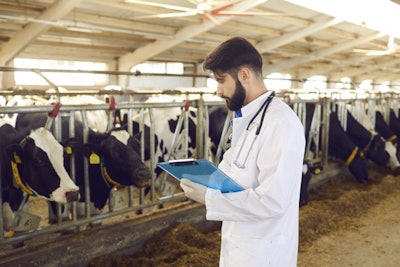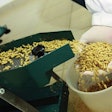
How much trust can we place in research reports, especially when they involve commercial applications?
I just completed reviewing a published research report regarding the use of lysolecithin in calf milk replacers. I was not surprised to see calves fed the lysolecithin diets were heavier at the end of the trial (57 vs. 52 kg), especially because the milk replacer contained a high level of vegetable fats/oils. However, this is not my point here.
Under commercial conditions, calves weaned at 56 days should weigh about 80 kg (or about double their birth weight). Given the above calves were fed good-quality feeds, including a high-protein starter feed, I cannot but wonder regarding their low body weight at 56 days of age compared with expectations. Perhaps, something went wrong in the trial?
My question, to which I solicit your comments below, is whether such trials should be accepted for publication, and if they are, how much trust can we place on them, especially when it regards commercial applications and not just basic science concepts.
We often argue that “university” trials lack commercial challenges, and this is why we also run “commercial” trials at farms. But, when the opposite happens, what then? I recall my MSc professor, Dr. Joe Hancock at Kansas State University, always checking my data to make sure they were within industry expectations, and I find that this has become also a habit of mine, but I never had the opportunity to write anything about it.
I am inclined to reject results such as the above, or at least wait until I get more data to compare, but I cannot but wonder how such data got past the reviewing process. And yes, these were Holstein calves and not Jerseys.
Do let me know your thoughts in the comments below.


















